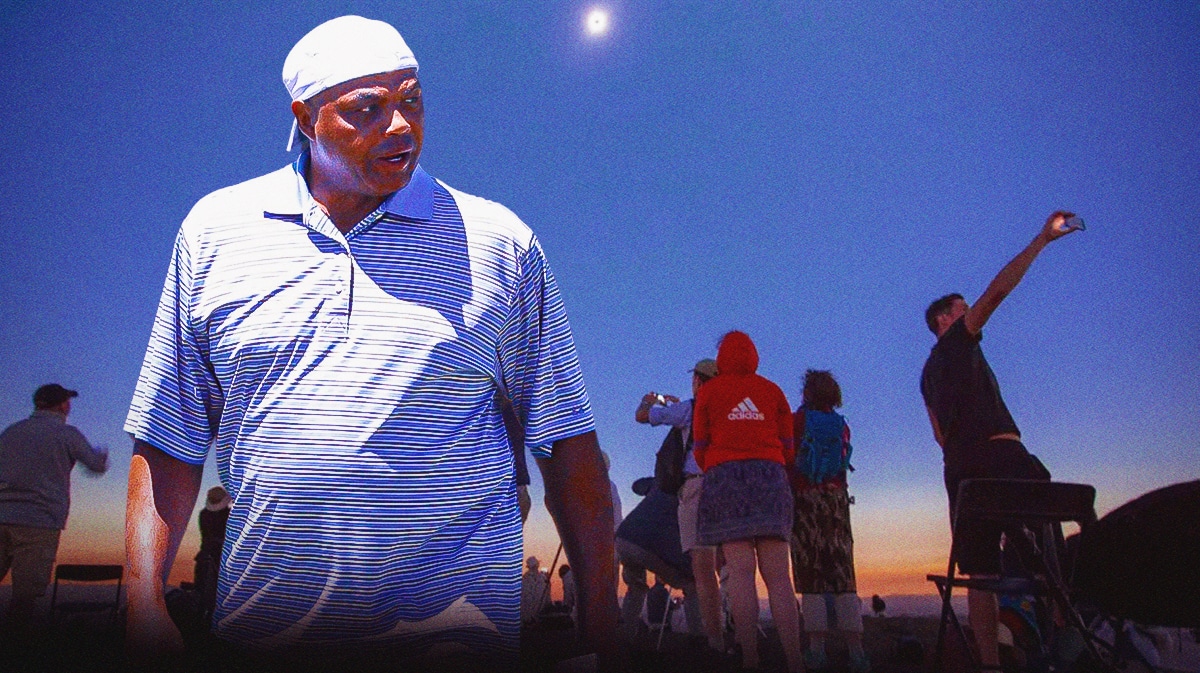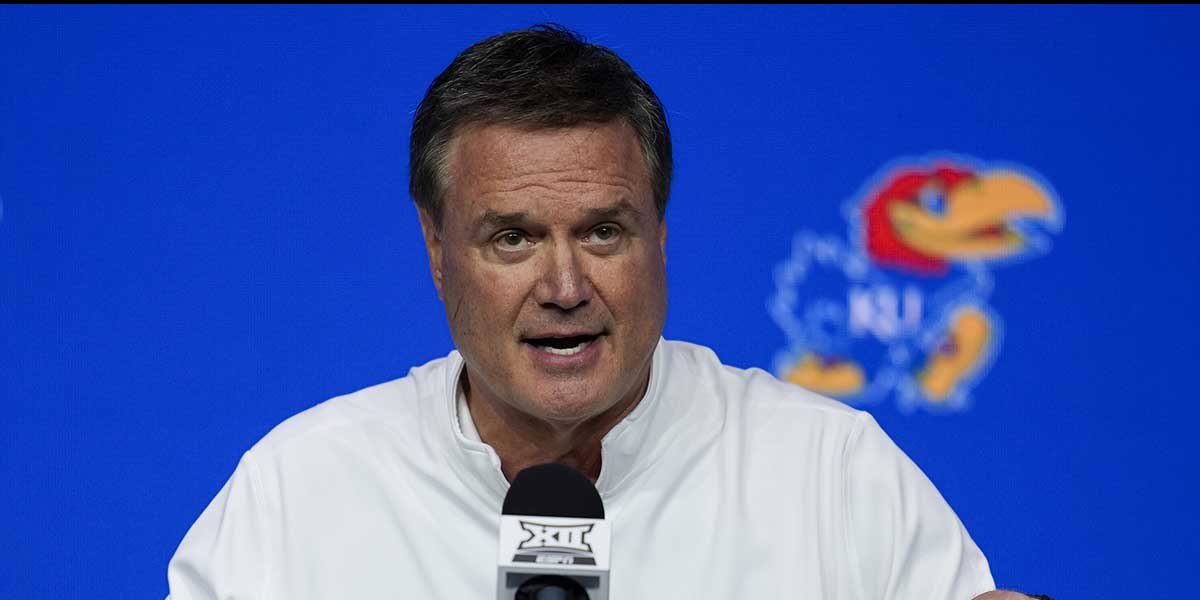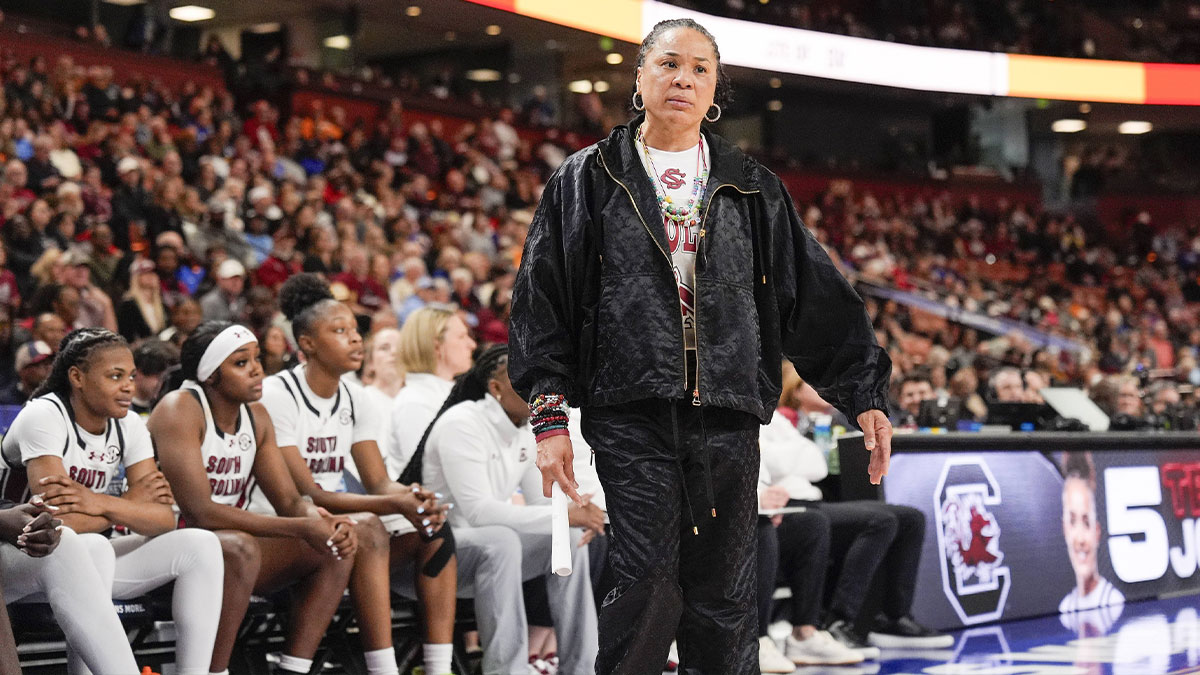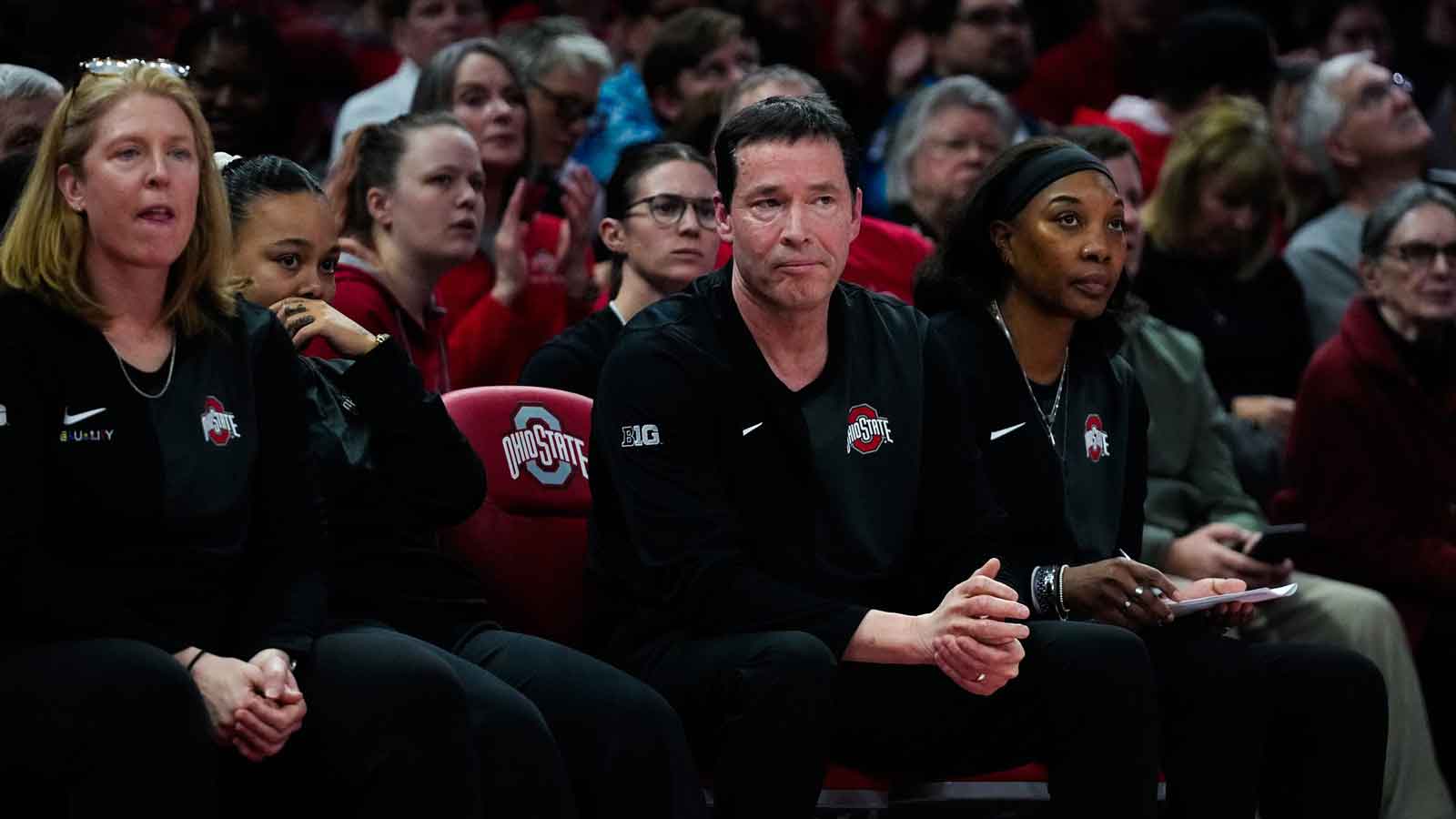The total solar eclipse that swept across Mexico, the United States and Canada has completed its journey over continental North America, and during the final game of March Madness between UConn basketball and Purdue basketball, Charles Barkley didn't hold back on people that reveled in the celestial event.
“Were y’all some of them losers standings outside watching that today?… We’ve all seen darkness before, stop it!”
Charles Barkley was hating on the eclipse 😂pic.twitter.com/58Arl8iWMN
— ClutchPoints (@ClutchPoints) April 9, 2024
Barkley asked the rest of the March Madness crew, “Were y'all some of those losers standing outside watching that today?”
When Ernie Johnson made sure to say “They're not losers,” Barkley went in.
“Yes they are. We've all seen darkness before. Stop it. “
All of North America and Central America experienced a partial solar eclipse, but only those located within the path of totality — an approximately 115-mile (185-kilometer) wide and 10,000-mile-long route — saw the moon completely obscure the sun just hours before the March Madness finale.
The path of totality crossed four states in Mexico (Sinaloa, Nayarit, Durango and Coahuila) before sweeping over 15 U.S. states (Texas, Oklahoma, Arkansas, Missouri, Illinois, Kentucky, Tennessee, Michigan, Indiana, Ohio, Pennsylvania, New York, Vermont, New Hampshire, and Maine) and seven Canadian Provinces (Ontario, Quebec, New Brunswick, Prince Edward Island, Nova Scotia and Newfoundland).
Some 31.6 million people live in the totality path in the U.S. alone, NASA officials have said.
What causes a total solar eclipse?
A total solar eclipse occurs when the moon appears the same size in the sky – or slightly larger – as the sun, so it fully covers the disk of the sun, giving observers a view of the sun's outer atmosphere, the corona.
The apparent size of the moon in the sky — and whether it can completely cover the sun's disk during an eclipse — depends on the moon's distance from Earth. The moon has a slightly elliptical orbit around Earth, so at two points each month, it is farthest and closest to Earth, making the moon appear slightly smaller and slightly larger than average in our sky.
UConn basketball – kings of March Madness
The highly anticipated matchup in the national championship game of 2024 March Madness between the UConn Huskies and the Purdue Boilermakers, as expected, attracted a large crowd at State Farm Stadium in Glendale, Arizona. In fact, nearly 75,000 people packed themselves inside the stadium to witness the colossal showdown of the two No. 1 seeds.
UConn basketball delivered the latest of its brutal March Madness beatdowns Monday night, smothering Purdue basektball for a 75-60 victory to become the first team since 2007 to capture back-to-back national championships.
Tristen Newton scored 20 points for the Huskies, who won their 12th straight March Madness game — not a single one of them decided by fewer than 13 points.
The Huskies were efficient on offense but won this with defense. UConn (37-3) limited the country’s second-best 3-point shooting team to a mere seven shots behind the arc — Purdue only made one — while happily allowing 7-foot-4 AP Player of the Year Zach Edey to go for 37 points on 25 shot attempts.
UConn basketball joined the 2006-07 Florida Gators and the 1991-92 Duke Blue Devils as just the third team to repeat since John Wooden’s UCLA dynasty of the 1960s and ‘70s.




















